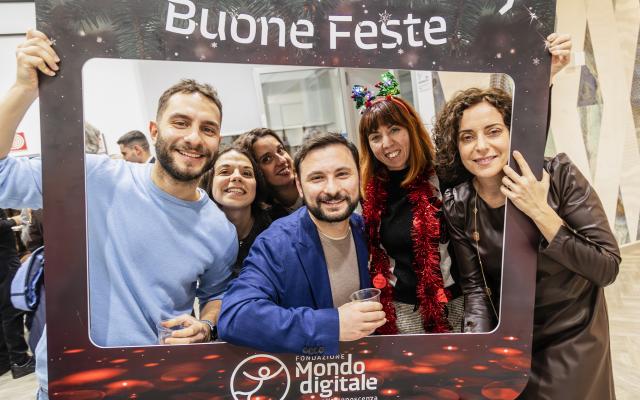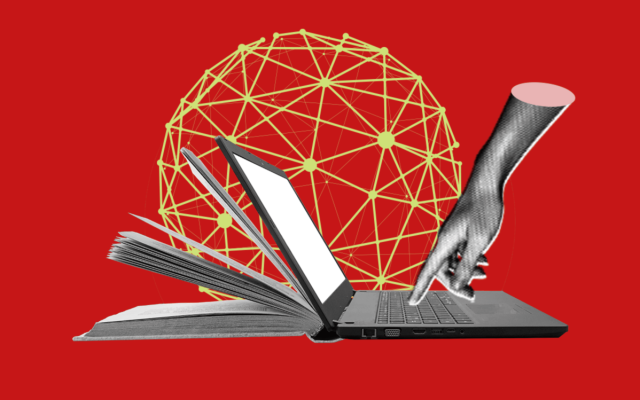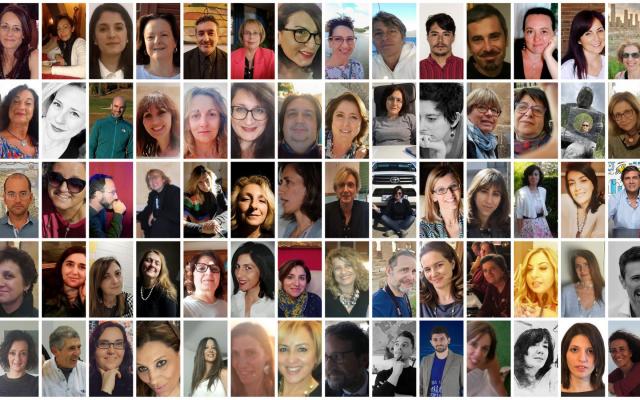World Teachers’ Day and the “Our School Professors”
On the occasion of World Teachers' Day, we resume our series dedicated to the “Our School Professors” community. The first interview is with Stefania Cefalo, Simona Manfellotto, Adele Mazzetta and Valeria Zenobi, the four teachers who oversaw the sixth learning unit "Our Country Between Present and Past" in "Integrated Digital Citizenship and Sustainability in Primary School" ( Erickson, 2023).
The volume was created with the collaboration of the teachers of the “Our School Professors,” a community that involves over 120 teachers from all over Italy, called to transform the learning of disciplines into an engaging and transformative experience, capable of soliciting the knowledge, skills, and central values of our Life Education Model.
The interview
Can you summarize in a few words the activity you personally addressed in the book?
In the book, we address the learning unit "Our Country Between Present and Past". We shared the idea of developing a course with students in our third-year primary school classes and thought we would introduce them to the teaching methodology of gamification applied to history and geography. The starting point of the journey was the following question: "how to describe your area based on the logic of games and video games." A stimulating question that kicked off the planned activities.
In the first phase of the project, we accompanied the children through the streets of Fiano Romano, to view the monuments that characterize our town, explain their meaning, and answer their curiosities. We encouraged them to interview the people they met, asking especially about how they played as children, within the walls. Hence the idea of creating the "village game."
In the classroom, we led group lab activities for the graphic reproduction of the monuments. We analyzed some of the known traditional games and chose the goose game as a model for our project. We worked on composing the riddles to include in the game. Subsequently, thanks to free tools for creating on-line games, such as Jenially, we discovered how to transform what we had created into a digital product. We chose the graphics relating to the buttons to use, the boxes, and the drawings to load, reliving the walk in a virtual way. This experience has demonstrated that teaching through gamification is a teaching method based on "attack, contact, emotion, motivation and inclusion" which provides a vision of learning as an adventure and can complement and innovate traditional teaching methods. It creates a learning situation similar to the one that children experience when they are on-line and collaborate with their classmates on video games, the aim of which is to "play" as a team. It focuses on the active participation of students: learning while having fun.
What was the added value of this initiative for male and female students? Did suggestions for additional activities or new needs emerge?
The children's attitude was always proactive. During the activities, a real spirit of collaboration and cooperation emerged, even towards the children who, being absent, had not been able to participate in the outing, the starting point for the entire activity. Their friends showed them or asked us teachers to do so through our virtual classroom, the photos, videos, books to allow them to get to the heart of the experience and participate fully. Working on a project close to their own experiences greatly stimulated the children. If we start from experience, learning is easier, greater skills and abilities are developed, in a fun and motivating context. Problems and exercises can become educational games.




